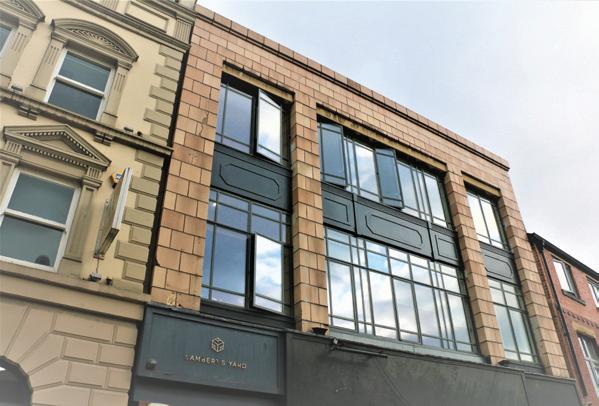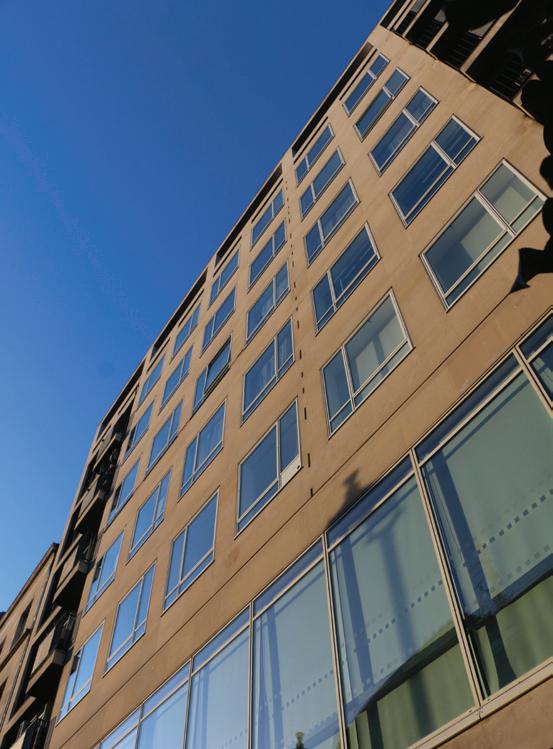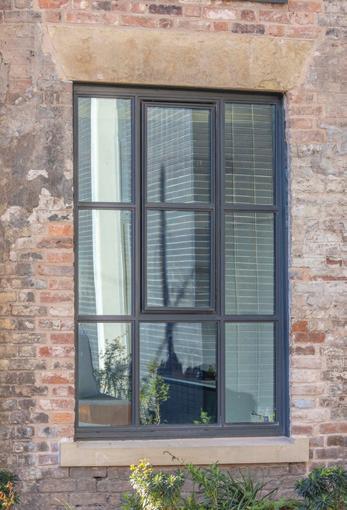
8 minute read
VIEWPOINT
What Is Low-Carbon Aluminium?
by Wojciech Brozyna - MD of Aluprof UK
Advertisement
The production of prime aluminium has continued to take advantage of new technology to reduce energy consumption in its manufacture and its carbon emissions since aluminium became a commercially viable material in 1880 through the Hall–Héroult process. Energy consumption has been reducing on average by 1.2% per year over the last few decades, but in order to achieve a lowcarbon aluminium product, much more is needed. The quantity of recycled aluminium used globally, sometimes known as secondary production, has remained relatively constant at 31-33% since 2000, with 34% used in 2019 the highest share during this period.
As aluminium has a high value, collection rates are typically high, in 2019, collection rates for aluminium were over 95% for all new scrap (preconsumer) and just over 70% for all old (postconsumer) scrap aluminium. We must continue to increase the collection of post-consumer scrap as it uses much less energy to recycle, just 10% that of primary aluminium.
There are various producers of Aluminium billet across the globe, all of who supply some lowcarbon product, such as, EcoLum from Alcoa offering 4kg of CO 2 per single kg of aluminium production, ALLOW from RUSAL offering 4kg of CO 2 per single kg of aluminium production, CIRCAL 75R from Hydro offering 2.3kg of CO 2 per single kg of aluminium production and our own group company, LowCarbonKety from Grupa Kety offering 2,79kg of CO 2 per single kg of aluminium production. All of these low-carbon products are made up of up to 75% post-consumer scrap, approximately 10% pre-consumer scrap, together with a low content of primary aluminium and is then produced using renewable energy sources.
The problem we have is that low-carbon aluminium products are costly and in short supply, so why is this? Referring back to the total recycled content of all aluminium supplied to meet the demand of 31-33% since 2000, we simply cannot get enough scrap to meet the demand. At a required total 85% recycled content (post and pre-consumer scrap) for this low-carbon aluminium, finding the recycled content is difficult.
There are also other issues to consider when specifying low-carbon aluminium, such as it cannot be used when an anodised finish is required. Why do we have a shortage of scrap? As demand continues to grow for aluminium and products using aluminium last longer, there is simply not enough to meet demand. It could be stated that specifying a low-carbon aluminium for a project only takes recycled content away from another project, so on a global scale, there is no benefit. What is key here is that technology is moving rapidly to increase the use of renewable energy in the production of aluminium and to reduce or capture CO 2 during manufacture. We also must remember that we are not going to run out of the raw material to produce aluminium, as the raw material bauxite is the most abundant metal in the earth's crust.
Here at Aluprof, we source one third of our aluminium extrusions from our group company, Grupa Kety, where we offer a low-carbon aluminium product and are working to further reduce carbon emissions. Two thirds of our aluminium extrusions supplied by Aluprof comes from other market sources. We can therefore offer specifiers any low-carbon product specifiers wish to use for their project, but this comes with the caveat of both possible cost implications and likely extended lead times for extrusions.
Given the project requirements, should a requested low-carbon specification be achievable, then Aluprof can offer EPD (Environmental Product Declarations) to substantiate the source of the aluminium that Aluprof’s profiles will be supplied from.
Extended lead times for products could impact the site programme, which in turn could incur additional carbon costs. On the other hand, some BREEAM credits could be available on a project by choosing low-carbon products, including aluminium.
These issues highlight that every project is different and must be looked at in isolation. The key here is the need to get product suppliers involved at the early design stages to explore what is possible.
Aluprof have an experienced design team on hand who can explore these options and help choosing the right aluminium source and systems to suit any project. Since setting up the Aluprof Office at the Business Design Centre in London, the company has rapidly grown their specification influence in the UK with their high-performance architectural aluminium systems.
Further expansion of the company’s headquarters in Altrincham now provides specifiers with meeting facilities and an extensive showroom of commercial systems to view. With overseas growth across Europe spreading into the Middle East and firm roots already in the East of the USA, the company has become a global player in facade supply. Further information is available on the company’s website at aluprof.co.uk or direct from their UK head office in Altrincham on 0161 941 4005.
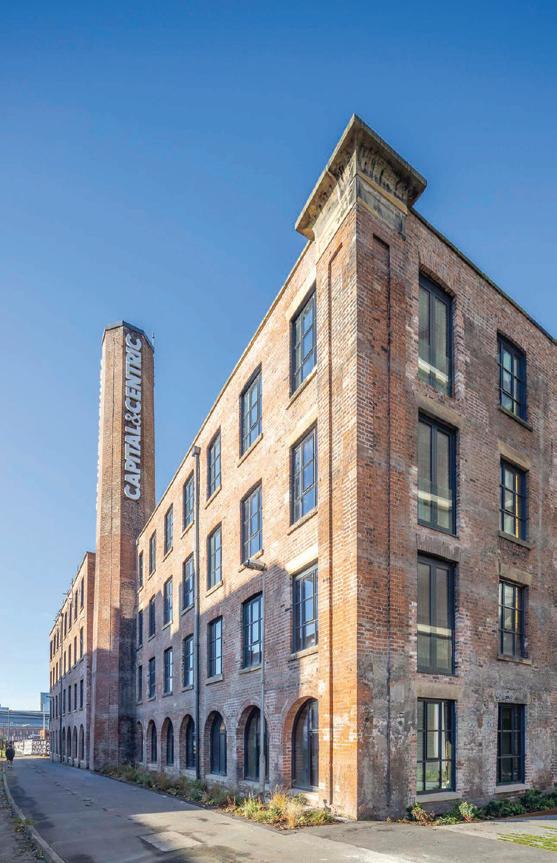
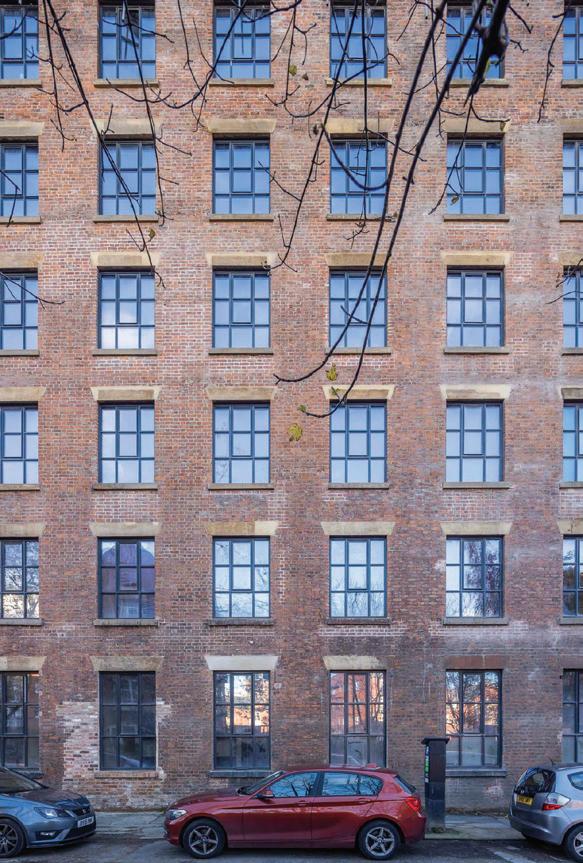

Steel Windows – Sustainability Meets Style
Nobody can doubt the strength of steel as a construction material but its qualities in the field of sustainability are rather less obvious, but no less impressive says Russell Ager, Managing Director of Crittall Windows.
It is the strength of steel that contributes to its credentials as a sustainable, environmentally sound and costeffective choice. Quite simply, it can be recycled or reused continually without deterioration of its fundamental properties. This translates into a high value placed on the product throughout its long life. Steel components have been recovered for many years and the process for recycling is therefore highly developed.
Current rates of recovery from demolition sites in Great Britain are an astonishing 99% for structural steel and 94% for all types of steel construction. These percentages leave far behind all other types of building material. Currently some 86% of steel gathered as scrap is returned to the furnace while 13% is dismantled for direct re-use. This leaves just 1% that is lost to rust or landfill. On a worldwide basis some 40% of all steel produced is based on the use of recycled scrap, that’s 500 million tonnes per year or the equivalent of 180 Eiffel Towers per day. For the UK market, that could be translated into 25 Forth Rail Bridges! Of course, sustainability is more than just re-use and recycling and other important considerations include the environmental cost of manufacture.
Produced using iron, the most abundant element on the planet, steel manufacturing impact is calculated by the World Steel Association using what is called the ‘system expansion’ method of life cycle assessment. This looks at steel to be part of a global system of supply and demand and takes account of co-products used in the manufacturing processes that save energy or reduce emissions.
One example is waste gases from the process being re- used to generate electricity for the process. The full life calculation, which also takes account of steel’s high strength-to-weight ratio (meaning less achieves more) means that overall CO2 emissions associated with a steel building - from component manufacture through its life in use - will be lower than for other materials.
Moving away from the mathematics the nature of steel and its construction also augments its sustainability tally. All the fabrication process, the testing and the certification takes place in a controlled and monitored factory environment. This ensures adherence to consistently high standards and quality. This in turn leads to quicker, safer and more predictable outcomes on-site. Construction processes can therefore be more efficient, not to mention more cost-effective. A key element in the use of steel as a building material is galvanizing providing protection against corrosion. In this process the steel is coated with zinc to prevent it from rusting. The cleaned steel is dipped into molten zinc at around 450 degrees C and a series of zinc-iron alloy layers are built up by a metallurgical reaction between the iron and zinc creating a strong bond between steel and the coating.
The galvanizing process is energy efficient taken as part of a whole life cycle which is the only meaningful way of calculating the impact on such a long-lasting material. It prolongs the life of an already long-life product, and it does not affect recyclability or re-use. Galvanized steel can be thrown into the scrap furnace and steel can easily be regalvanized. One particular steel building component that emphasises the sustainability plusses of the material are windows. Manufactured under controlled conditions to reap the benefits already enumerated for steel as a material, Crittall Windows operates within the constraints of ISO 14001:2004; a recognised international environmental management standard that sets targets for solids, liquids, gaseous emissions and waste generation. But the finished product itself, which is galvanized for enhanced longevity, offers other benefits because of the nature of the material.
Because of their inherent strength steel windows have much thinner frames than is possible with other window materials. This lets in more daylight thus reducing the use of artificial lighting in the buildings in which they are installed. Taken over the elevations of a large commercial building this could lead to impressive savings in both energy usage and cost.
Supreme strength and matchless elegance are unusual partners, but they sit side by side in the world’s most recyclable building material. And who said sustainability and good looks could not go hand in hand? www.crittall-windows.co.uk
